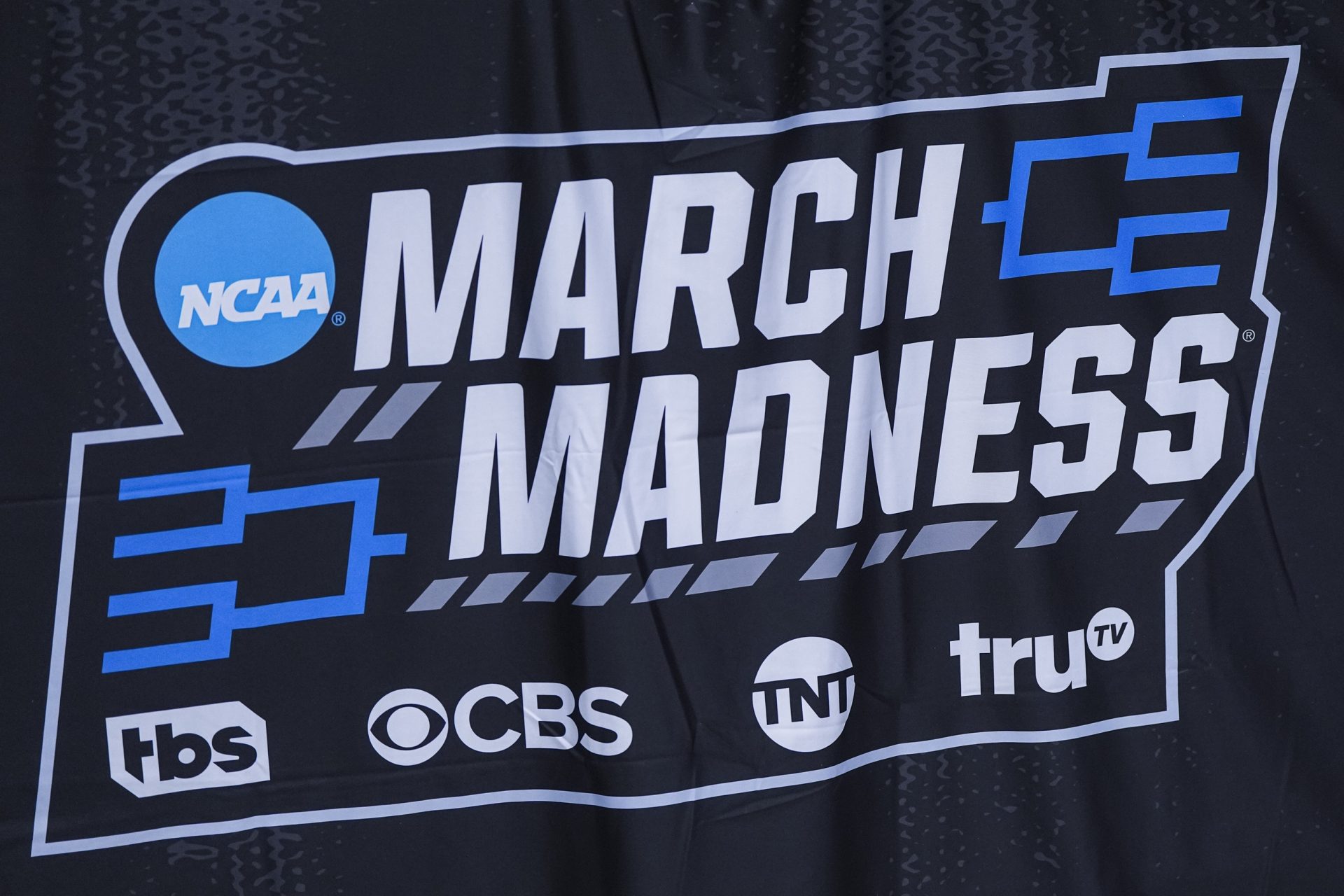College athletics has undergone a lot of change in recent years. Before, the NCAA was highly criticized for its rigid traditions, but due to the demands of the time, the sport was made to change significantly. Now, as new rules reshape the game, one key update stands out for Men’s Division I basketball.
What Is the New Scholarships Rule for Men’s College Basketball?
Starting with the 2025-2026 season, Men’s Division I basketball teams will have a new cap of 15 roster spots. Coaches can offer up to 15 scholarships to fill these spots. This change marks a significant departure from the previous rules and will give programs the freedom to split these scholarships into full or partial awards, depending on their needs.
This flexibility will offer coaches more opportunities for creative recruiting strategies. A coach might choose to spread smaller scholarships across a deeper roster, or they could concentrate full rides on a handful of star players. From now on, programs must balance talent, depth, and budget in ways they never had to before.
The rule arrives alongside other major updates, like revenue sharing, which will further alter the financial dynamics of the sport.
For years, discussions about player compensation have garnered a lot of attention from sports fans, particularly with the rise of Name, Image, and Likeness (NIL) deals. This scholarship adjustment could prove just as impactful as it directly affects how teams are built and managed.
Head coaches, already juggling hefty salaries and high expectations, will face an even greater challenge. They will need to keep a close eye on their resources to maximize each transfer session.
On the other hand, questions linger about fairness across the sport. With NIL payments still unregulated by the NCAA, some argue for a salary cap to level the playing field. Recently, Mike Waters from Syracuse.com said, “I have heard some discussion about a salary cap. I agree that a cap on NIL spending would help create a more even playing field.” A cap could prevent wealthier programs from dominating through unchecked spending.
However, implementing it isn’t simple. Powerhouse conferences like the SEC and Big Ten, flush with resources, would need convincing that a cap serves the sport’s long-term health and their own interests.
KEEP READING: Everything To Know About the Men’s College Basketball Transfer Portal
Plus, enforcing it could mean classifying athletes as employees, a step the NCAA has long avoided. Legal hurdles would almost certainly follow, as any cap would likely require collective bargaining to hold up in court.
For now, the focus remains on the immediate future. The 15-scholarship limit gives coaches a clear framework, even as the broader landscape continues to evolve. Programs that adapt quickly will thrive, while those that don’t could find themselves left behind. In a sport where every edge matters, this rule change is a test of strategy as much as it is of skill.
College Sports Network has you covered with the latest news, analysis, insights, and trending stories in football, basketball, and more!


